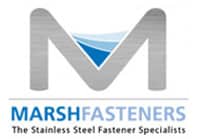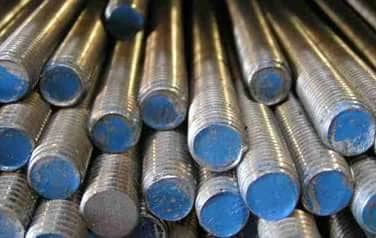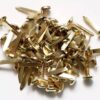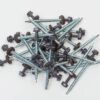Last Updated on July 1, 2020 by Marsh Fasteners
There are two main types of stainless steel, namely 304 stainless steel and 316 stainless steel. 304 stainless steel boasts a chromium-nickel content and low carbon, and is known for being one of the most widely used austenitic stainless steels in the world.
Some of its common applications include auto molding and trim and wheel covers. You will also often find that 304 stainless steel is used in the manufacture of kitchen equipment, hose clamps, exhaust manifolds, stainless hardware, storage tanks as well as pressurenuts vessels and piping.
- The Benefits of 304 Stainless Steel
The main benefit of 304 stainless steel is its durability. It also allows for ease of fabrication and cleaning, meaning that it is simple to maintain. 304 stainless steel provides corrosion resistance, along with superior resistance to oxidation. Finally, it is available in a wide range of finishes and appearances.
- What Is the Difference Between 304 and 316 Stainless Steel?
The main difference between 304 stainless steel and 316 stainless steel is that 316 stainless steel provides better resistance to corrosion, hence the reason why it is utilized in more outdoor applications, such as outdoor electrical enclosures. 316 stainless steel can also be used in marine applications, such as nuts and bolts that will be used in or near water for long periods of time.
The make-up of 304 and 316 stainless steel is different too. 304 stainless steel is comprised of 18% chromium and 8% nickel, while 316 contains 16% chromium, 10% nickel, and 2% molybdenum. It is the added molybdenum that provides 316 stainless steel with its superior corrosion resistance properties.
For both 304 and 316 stainless steel fasteners, do not hesitate to get in touch with the team at Marsh Fasteners.






